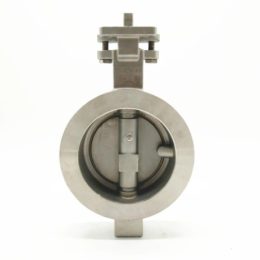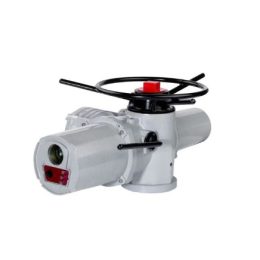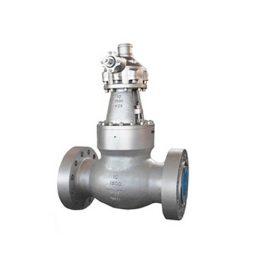Understanding the Difference Between a Part 1 and Part 2 Float Valve
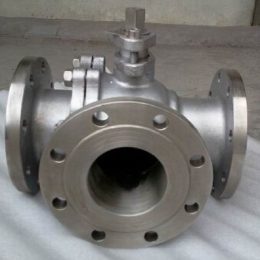
Float valves are essential devices that help regulate the water level in tanks, cisterns, and toilets. There are two primary types of float valves – Part 1 and Part 2. In this article, we’ll delve into the specifics of each type, their unique features, and which one is best suited for specific applications.
Part 1 Float Valve
Part 1 float valves have an outlet spout located on the underside of the valve body, making them ideal for use in open-top tanks. These valves are generally smaller in size and have a plastic nozzle attached to them. Part 1 valves are typically found in feed or expansion tanks and are repairable only by replacing their packing washer.
One key limitation of Part 1 float valves is their inability to adjust the water level. This makes them unsuitable for use in irrigation systems where precise control of the water level is required. In such cases, it’s recommended to replace the Part 1 valve with a Part 2 valve to ensure optimal water level control.
Part 2 Float Valve
Part 2 float valves, also known as multi-purpose valves, are designed with a top outlet spout and are typically used in evaporative coolers and tank systems. These valves are more expensive than Part 1 valves, but they offer greater versatility and better control over the water level.
Part 2 valves are recommended for use in areas with low water pressure, as they help prevent foul water from entering the toilet. These valves should be fitted to comply with regulations, and both Part 1 and Part 2 valves should be HP valves.
The Main Differences between Part 1 and Part 2 Float Valves
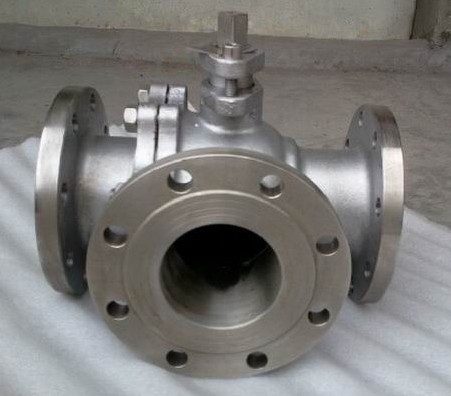
While both Part 1 and Part 2 float valves function in a similar way, their primary differences lie in their design, location, and application. Part 1 valves are typically used in open-top tanks and feature a spout located on the underside of the valve body. On the other hand, Part 2 valves have a spout that is attached to the top of the valve body and are best suited for use in evaporative coolers and tank systems.
In terms of size, Part 1 valves are generally smaller and less expensive than Part 2 valves. However, Part 2 valves offer better control over the water level and are recommended for use in areas with low water pressure.
Choosing the Right Float Valve
When it comes to choosing the right float valve, it’s important to consider the specific application and requirements. If you’re looking for a valve for an open-top tank, a Part 1 float valve may be a suitable option. However, if you require greater control over the water level or need a valve for use in an evaporative cooler or tank system, a Part 2 float valve would be the better choice.
It’s also essential to ensure that the float valve is HP and complies with relevant regulations. In areas with low water pressure, it’s recommended to use a Part 2 valve to prevent foul water from entering the toilet.
Final Thoughts
Float valves are essential components in tanks, cisterns, and toilets, helping to regulate the water level and prevent overflow. Understanding the differences between Part 1 and Part 2 float valves is crucial in choosing the right valve for your specific application. While both types function similarly, their design, location, and application differ significantly.
If you’re unsure which type of float valve to choose, consult with a professional to ensure that you select the right valve for your needs. Remember, choosing the right float valve is crucial in ensuring optimal water level control and preventing overflow.
- Types of Butterfly Valves: A Guide to Choosing the Right One
- Casted Trunnion Ball Valve
- The Importance of Selecting the Right Steam Trap
- “Understanding Safety Valves: Types, Selection, Installation, and Maintenance”
- Corrosion Resistance Grade Of Sanitary Valve
- The Role Of Safety Valve And Precaution For Use
